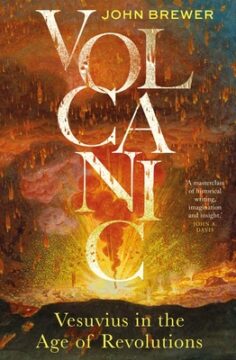Suzi Feay at The Guardian:
 In December 1818, the poet Shelley, with his wife Mary and stepsister-in‑law Claire Clairmont, climbed Vesuvius. Starting from the village of Resina (modern Ercolano), they stopped off at the hermitage of San Salvador where an “old hermit” offered refreshments. In a letter to Thomas Love Peacock, Shelley described the ascent to the cone, whose “difficulty has been much exaggerated”. On the summit he surveyed with awe “the most horrible chaos that can be imagined … ghastly chasms … fountains of liquid fire”. The passionate poet confronting the essence of the sublime seems the acme of Romanticism.
In December 1818, the poet Shelley, with his wife Mary and stepsister-in‑law Claire Clairmont, climbed Vesuvius. Starting from the village of Resina (modern Ercolano), they stopped off at the hermitage of San Salvador where an “old hermit” offered refreshments. In a letter to Thomas Love Peacock, Shelley described the ascent to the cone, whose “difficulty has been much exaggerated”. On the summit he surveyed with awe “the most horrible chaos that can be imagined … ghastly chasms … fountains of liquid fire”. The passionate poet confronting the essence of the sublime seems the acme of Romanticism.
John Brewer’s entertaining social history paints a rather different picture. By the early 19th century the climb to the summit was more well-organised tourist experience than daring psychic journey. True, Vesuvius drew admirers from all over Europe, and even the Americas, as a crucible for both science and art. Friendships and professional partnerships were forged in its shadow, reputations won and lost, discoveries made and debated. Less impressive than Etna, but much more accessible, it inspired paintings, poems and novels through the Romantic era and beyond.
more here.
